Tunguska: The Visitation
by Rotorist Workshop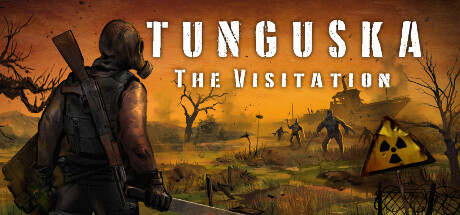
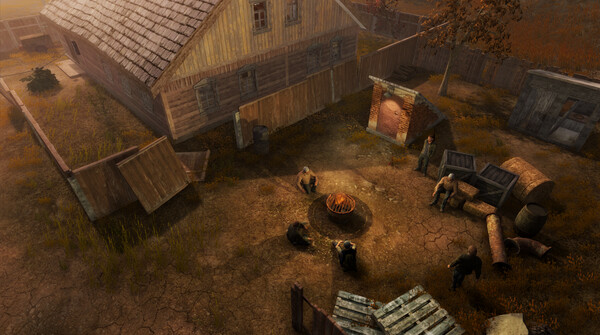
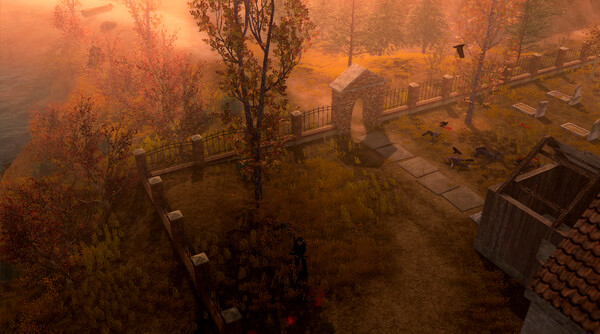
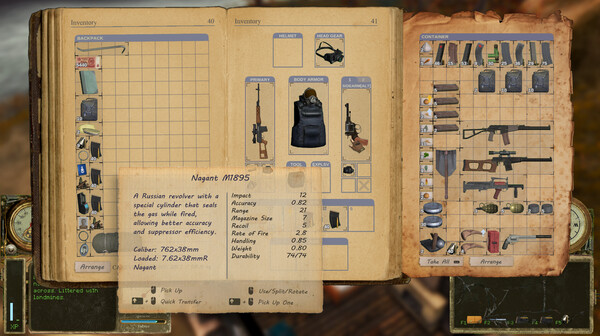
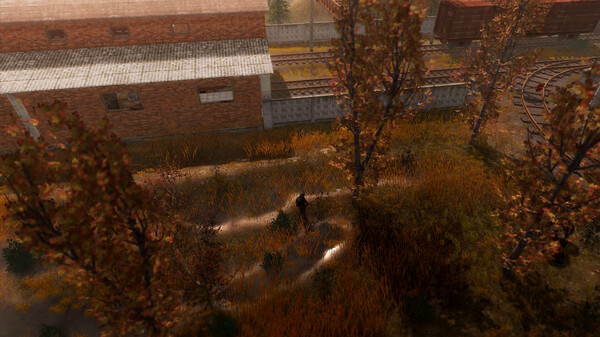

The Developer Says...
Tunguska: The Visitation is a single player top-down shooter RPG. Seek fortune as a Ghoul Hunter in an abandoned Soviet Exclusion Zone. Use your grit and ingenuity to survive deadly radiation, mysterious anomalies, and poisonous creatures. Go in guns-blazing, or stay in the shadows - your choice.
Keywords
Players Like...
❤ Satisfying Combat Mechanics
The top-down, real-time combat system provides an engaging and tactical experience. Players must carefully consider their positioning, timing, and weapon selection to overcome deadly foes, whether they are mutated creatures or well-equipped human enemies. The combat features a mix of melee and ranged options, each with its own strengths and weaknesses. Melee combat emphasizes positioning and timing, rewarding players who can land precise strikes to stagger and defeat opponents. Ranged combat requires managing factors like recoil, accuracy, and reload times to effectively eliminate distant threats. Reviewers praised the combat's satisfying feedback and the ability to approach engagements in different ways, from going in guns blazing to taking a more stealthy approach. The inclusion of weapon attachments and customization further adds depth to the combat.
❤ Engaging Exploration and Traversal
The isometric perspective and grid-based movement system encourage careful navigation through hazardous, post-apocalyptic environments. Players must constantly be aware of their surroundings, looking out for threats, environmental hazards, and potential resources to scavenge. The game's world is filled with vertical levels, tight corridors, and open areas, which challenge players to think strategically about how they approach each new area. Reviewers noted that the exploration feels meaningful, with a constant sense of tension and the need to make tactical decisions. The game rewards players for uncovering its secrets, whether that's hidden caches of supplies, clues about the lore, or alternate paths that can be used to bypass dangerous encounters.
❤ Robust Crafting and Survival Systems
The game's crafting and survival systems are seamlessly integrated into the gameplay loop. Players must scavenge for resources, grow crops, and harvest materials from defeated enemies to craft a wide variety of items, from ammunition and weapon upgrades to consumable items and protective serums. Managing the character's energy levels, balancing the need for rest, food, and medical supplies, adds an additional layer of strategy and resource management. Reviewers praised the depth of these mechanics and how they tie into the core gameplay, providing an engaging side-activity that allows players to customize their playstyle and approach to obstacles.
❤ Diverse Progression and Skill System
The game's robust progression system allows players to tailor their character's abilities to their preferred playstyle. The two distinct skill paths, combat and survival, can be leveled up independently through gameplay, encouraging experimentation and replayability. As players gain experience, they can invest skill points into a variety of perks and abilities, such as increased weapon proficiency, enhanced stealth capabilities, or improved crafting efficiency. Reviewers highlighted the depth and flexibility of the progression system, noting that it encourages players to explore the different build options and playstyles available to them.

